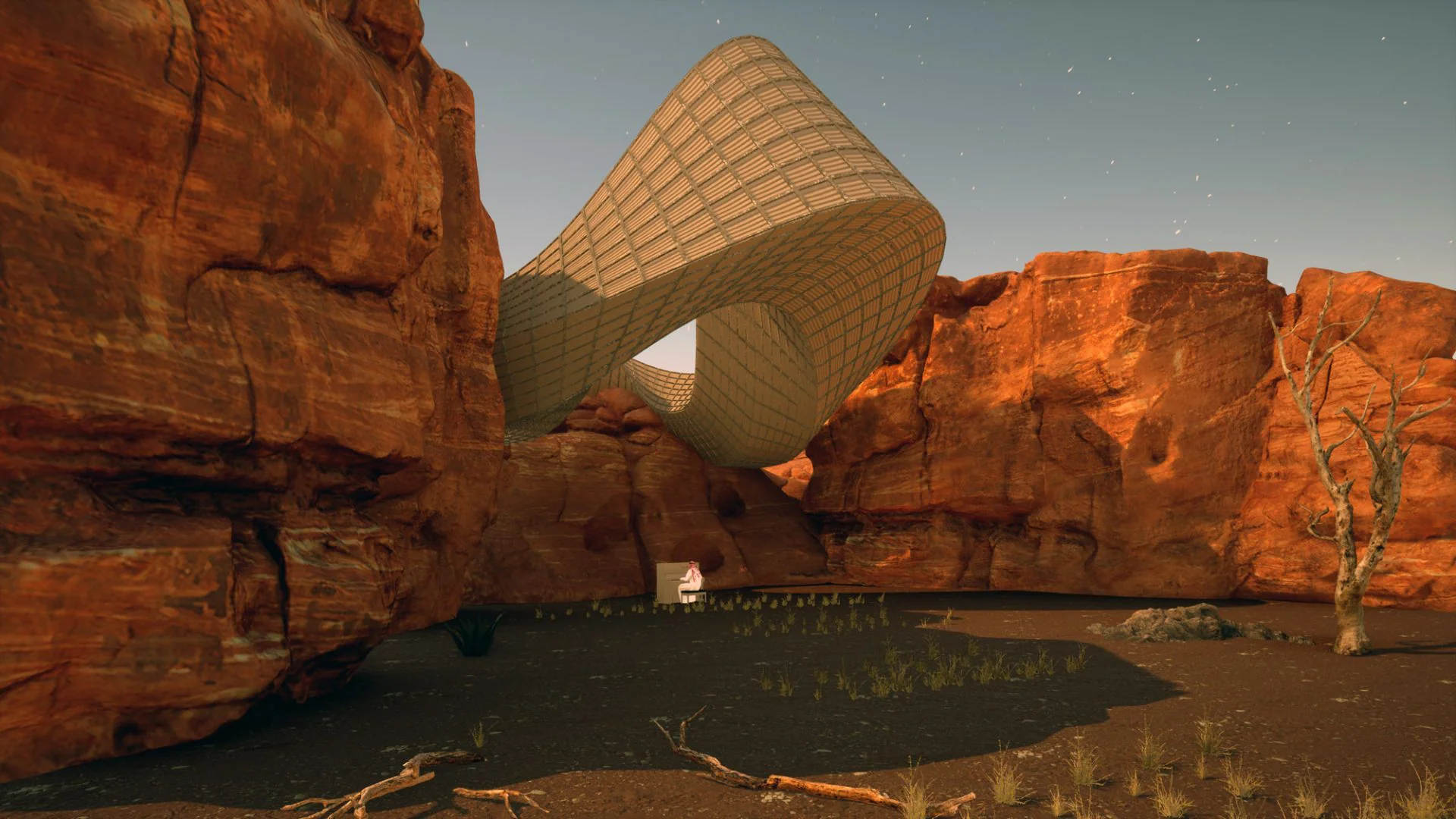Blender 3D is a very strong open-source suite and one that succeeds in dominating the areas of 3D graphics and animation. It is considered to be an all-in-one suite for producing highly detailed 3D models and animations due to advanced modeling and scu

Blender 3D is a very strong open-source suite and one that succeeds in dominating the areas of 3D graphics and animation. It is considered to be an all-in-one suite for producing highly detailed 3D models and animations due to advanced modeling and sculpting tools.It offers users the chance to design complex things using polygon modeling or sculpting techniques and then animate them with advanced rigging and keyframe systems.
Blender is shipped with two very strong rendering engines: Eevee for real-time preview and Cycles for high-quality, physically based rendering, so you could get fast iterations along with realistic visuals. It supports a wide variety of simulations—fluid, smoke, and cloth dynamics—with a node-based compositing system for post-processing.
The video sequence editor and tools for game development top off the features offered by Blender, making it a perfect fit for video editing and game asset creation. Since this is open source, frequent updates and a strong community of users would be ensured in turn; thus, Blender is very well applied among professionals and enthusiasts alike.
It has an inbuilt, full-featured modeling suite with tools both for the beginner and experienced user. Polygon modeling allows the creation and improvement of models with greater control over vertices, edges, and faces. Still, the sculpt tools set Blender apart when it comes to detailed and organic modeling.
Dynamic topology and multi-resolution sculpting allow artists to add fine details and handle different levels of detail within a single model. It also allows procedural modeling using modifiers or even node-based systems to create more complex and dynamic geometries.
Blender provides animation features, such as a strong timeline and graph editor for the creation and editing of keyframes. It provides rigging, very rich in tools for constructing skeletons and controls for character animation.
Bone rigs can be created with constraints and IK to help in simplifying animation processes. Shape keys enable facial animation, together with other mesh deforming capabilities, allowing flexibility in the animation of complex characters and objects. Also, the dope sheet and NLA editor in Blender also provide management and organization of animations.
Two major rendering engines included in Blender are Eevee and Cycles.
Eevee, on the other hand, is a real-time rendering engine. It has fast and very interactive previews that help in quick iterations, which are great for in-game asset creation.
On its part, Cycles is a path-tracing engine suitable for high-quality, physically accurate renderings—very suitable for final renders when realistic visuals are required. Blender's shader editor uses a node-based system in which it creates complex materials and textures that allow for a huge, intricate, customizable surface property. The ability to combine shaders, textures, and procedural effects can give a creator minute control over how your 3D scenes are to look.
Blender has a set of internal simulations that can be used to add various types of physically realistic interactions to 3D models
Fluid simulation can simulate the behavior of water, smoke, and other liquids in an enablingly realistic way. Smoke and fire simulations offer complex and convincingly realistic effects by advanced techniques. Cloth simulation brings realistic fabric motion and collision while rigid body dynamics allows interactions between rigid objects.
A very useful feature of Blender is its node-based compositing system, which has many effects, color corrections, and post-processing techniques that enable merging, manipulation, and enhancement of rendered images and animations.
Blender has a non-linear video editing facility, called the Video Sequence Editor (VSE), which allows cutting, splicing, and effects in video clips. It includes support for multi-track video and audio, transitions, and a timeline-based interface.
For game development, Blender has at its disposal a wealth of tools to create and export assets—like models, textures, and animations—that the game engines, like Unity or Unreal Engine, make use of.
It is also excellent to support the export of assets in various formats and their integration into game pipelines, thus making it a very useful tool in the development of game content and prototypes.
No reviews yet. Be the first to share your thoughts!
You must be logged in to comment.